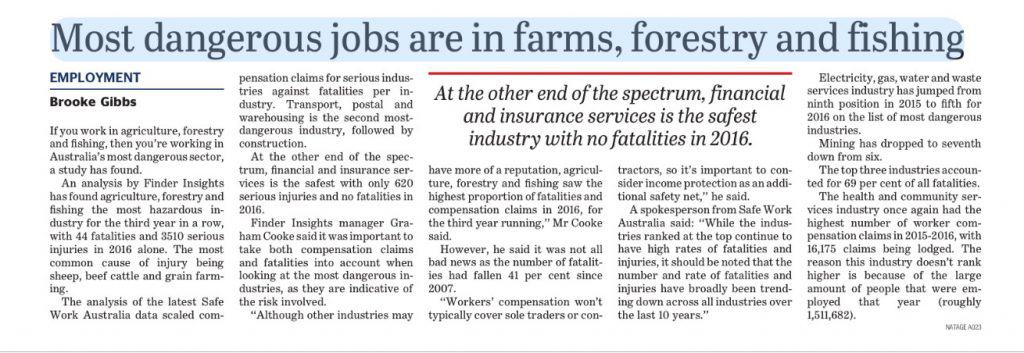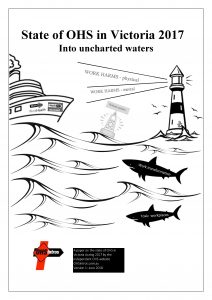 Barry Naismith of OHSIntros has released his latest independent research report into the status of occupational health and safety (OHS) in Victoria. (Given the inquiry into SafeWorkSA currently occurring in South Australia, I wish that State had an equivalent researcher, for context.) Naismith focusses on WorkSafe Victoria’s aim to address the issue of workplace wellness and asks how such an approach can be enforced?
Barry Naismith of OHSIntros has released his latest independent research report into the status of occupational health and safety (OHS) in Victoria. (Given the inquiry into SafeWorkSA currently occurring in South Australia, I wish that State had an equivalent researcher, for context.) Naismith focusses on WorkSafe Victoria’s aim to address the issue of workplace wellness and asks how such an approach can be enforced?
It is a positive that an OHS regulator is looking at workplace wellness which encapsulates work-related psychological hazards.

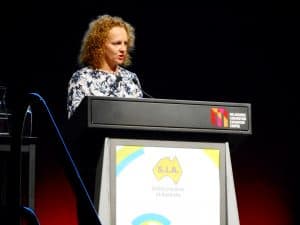 Throwing chocolates to delegates, audience participation, push-ups, book giveaways, hand-eye coordination exercises – not the usual elements of the opening keynote speaker of a safety conference. Day 2 of the Safety Institute of Australia’s
Throwing chocolates to delegates, audience participation, push-ups, book giveaways, hand-eye coordination exercises – not the usual elements of the opening keynote speaker of a safety conference. Day 2 of the Safety Institute of Australia’s 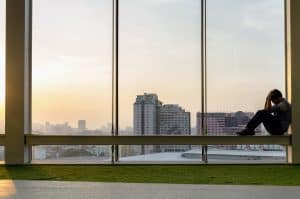 The
The 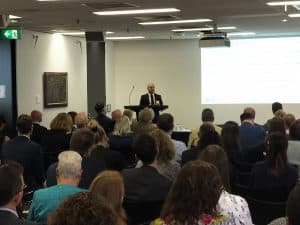
 In 2016,
In 2016, 